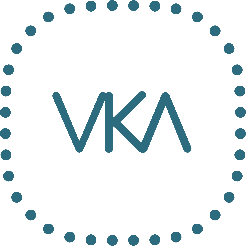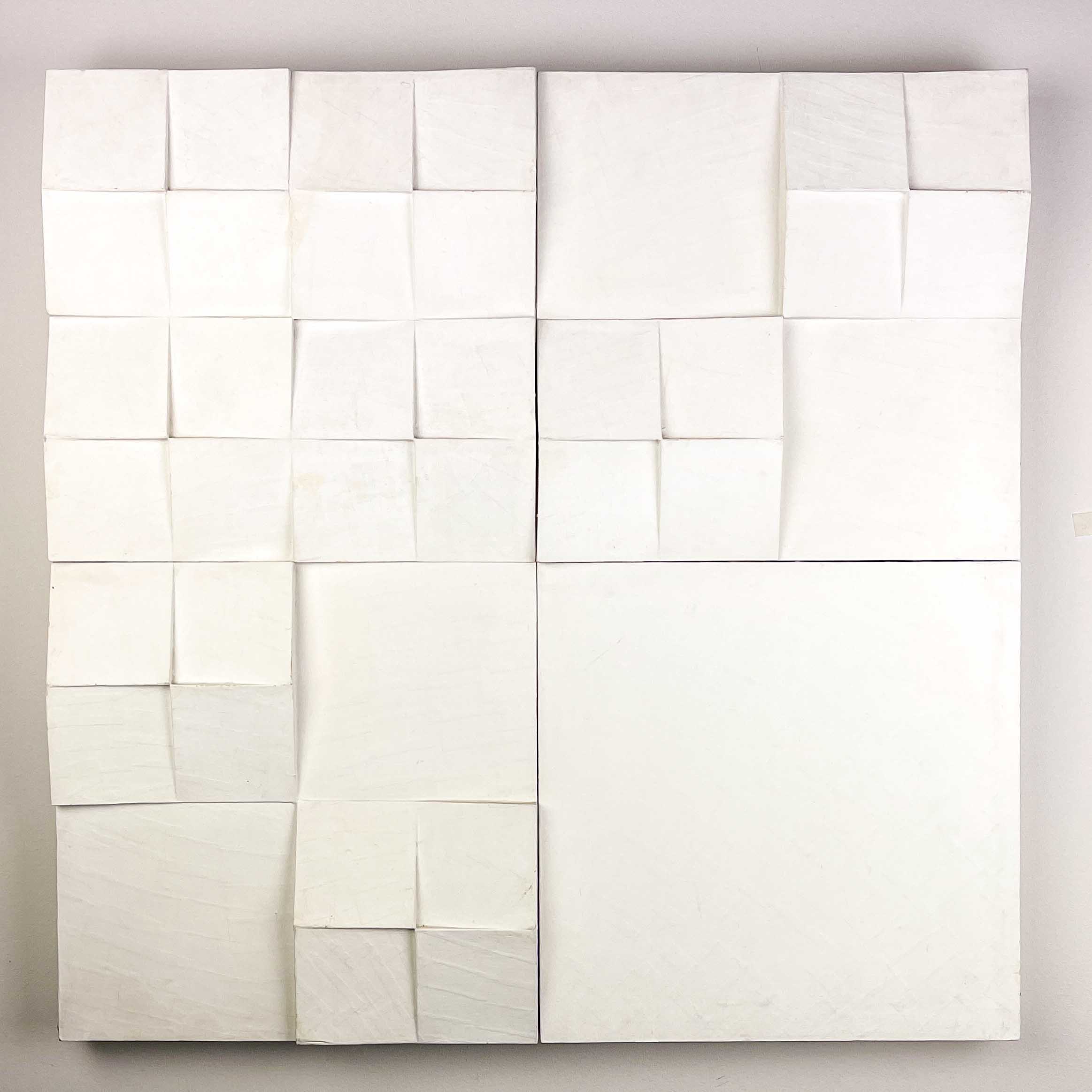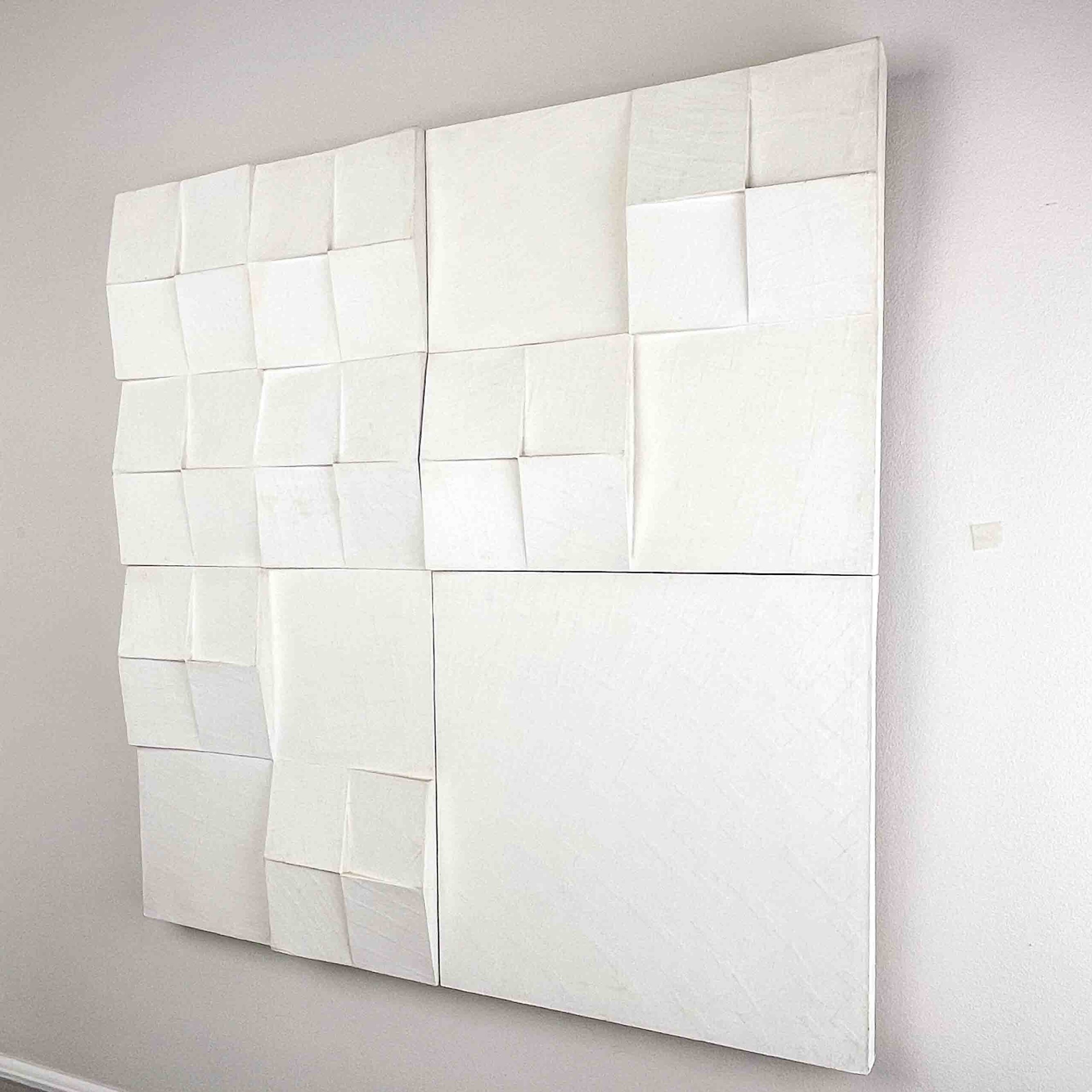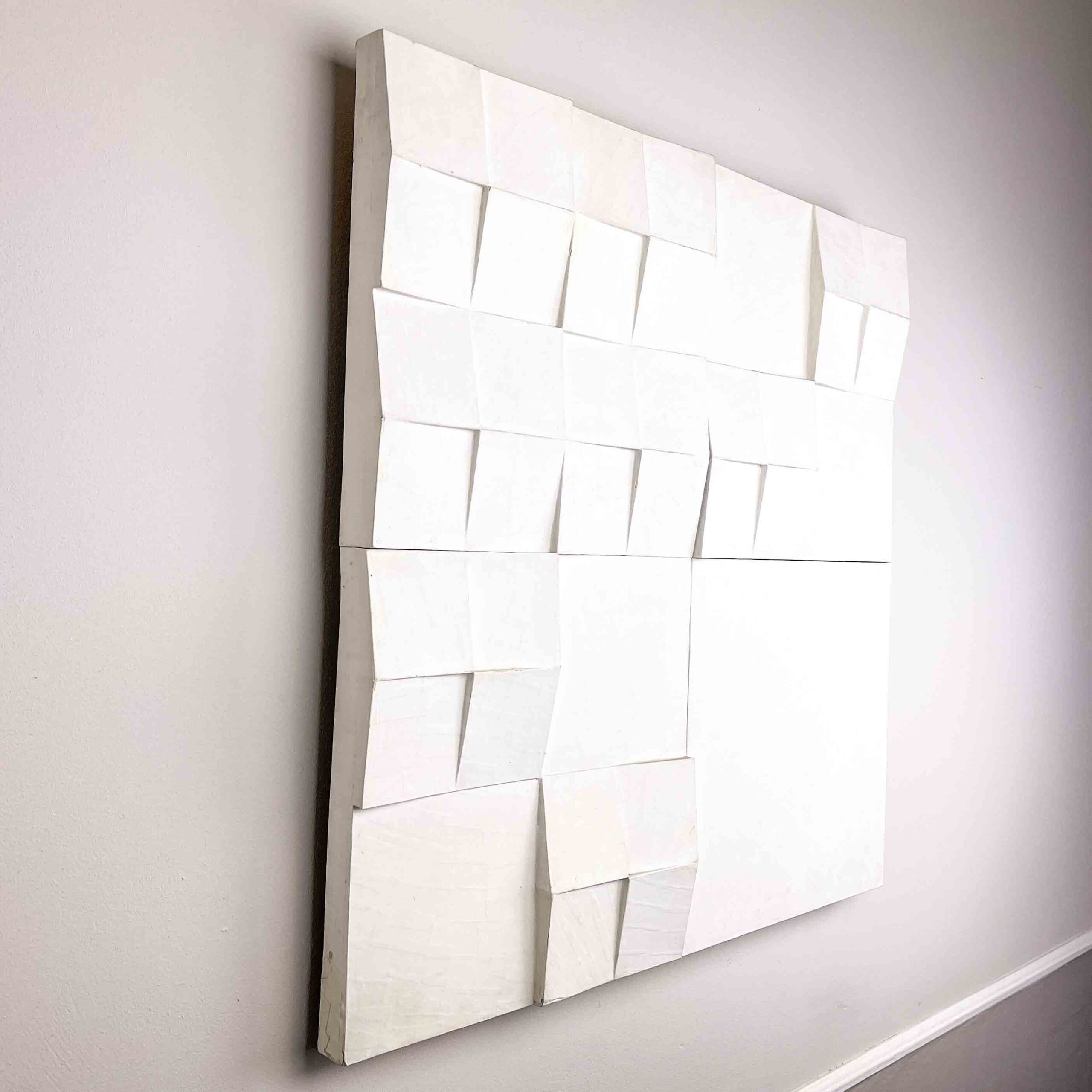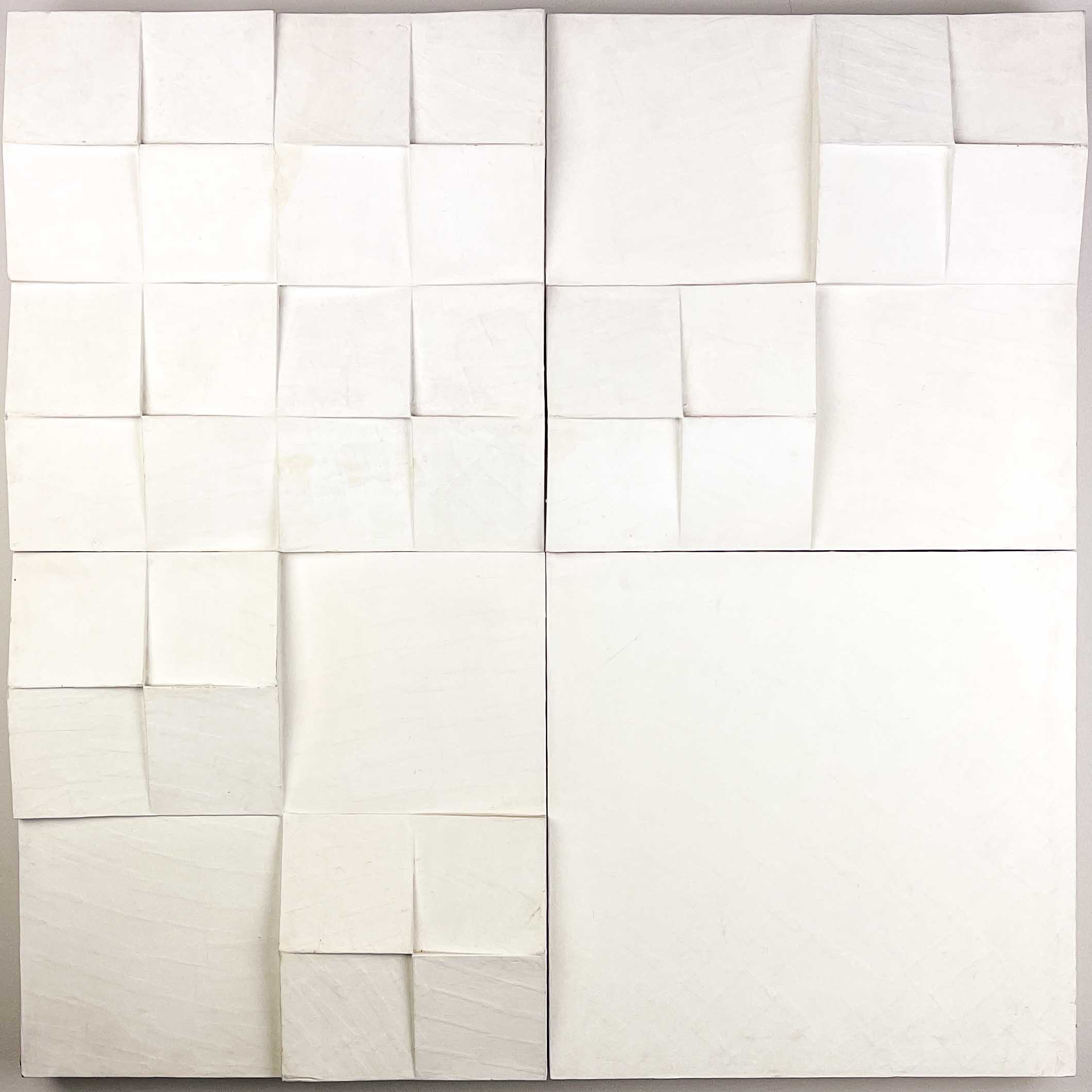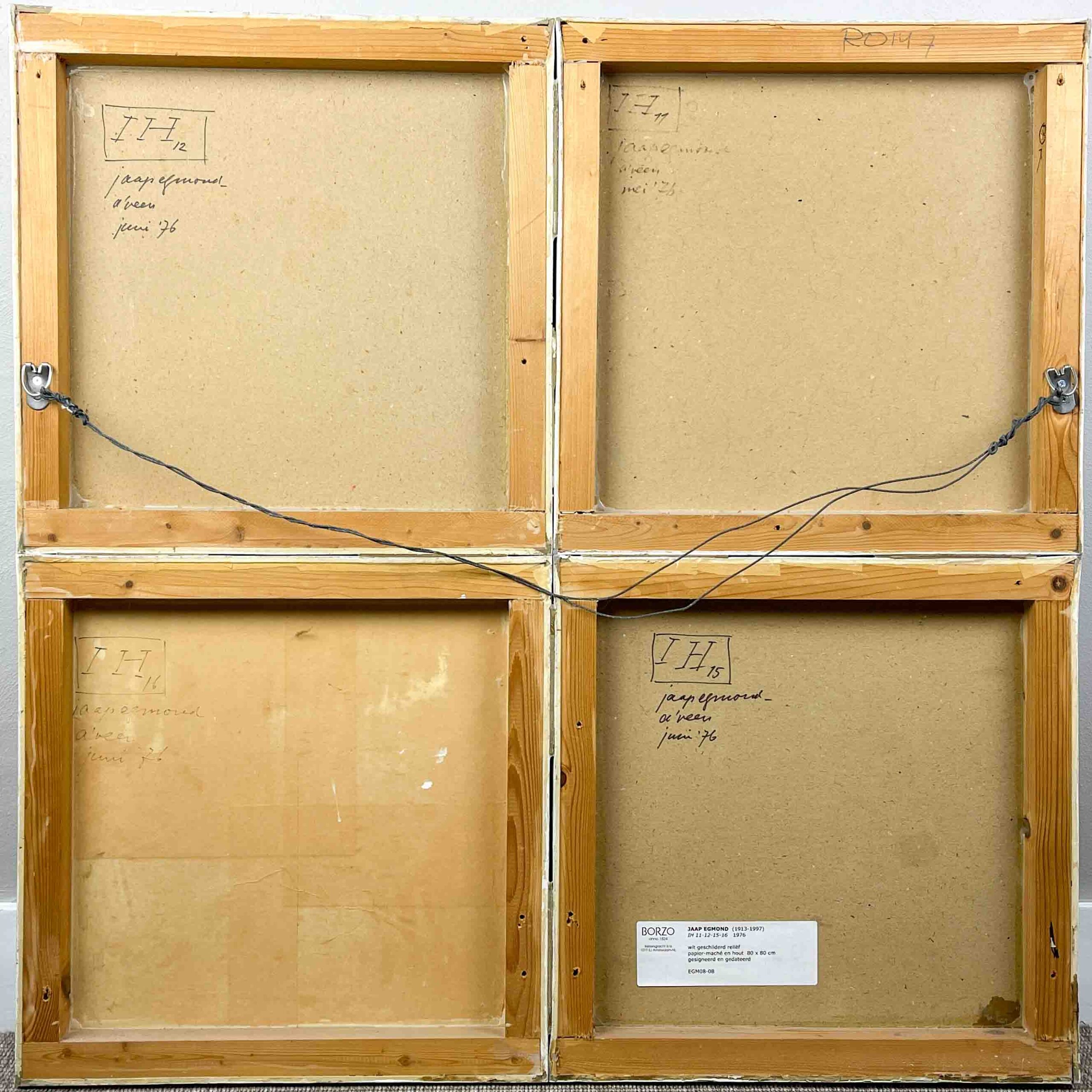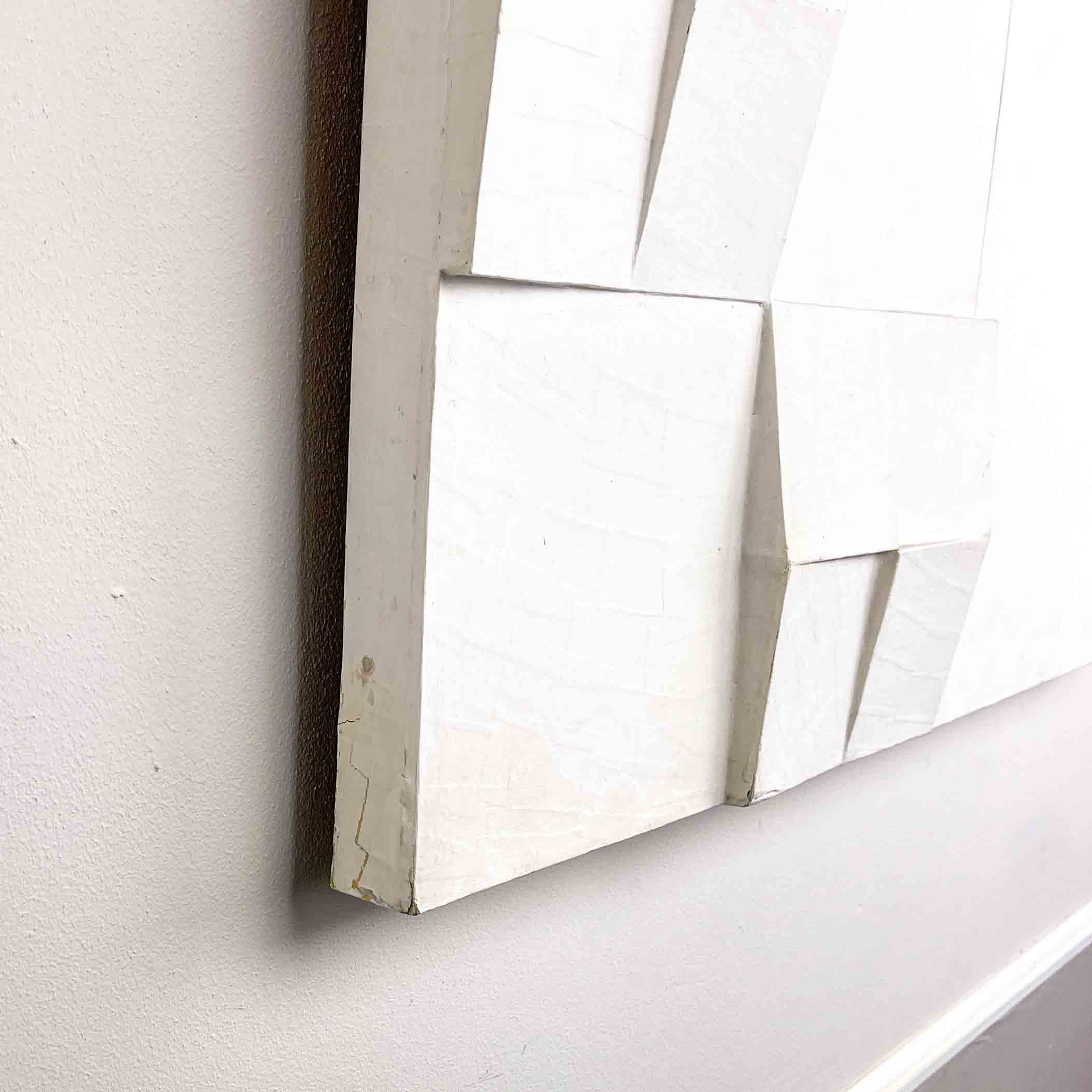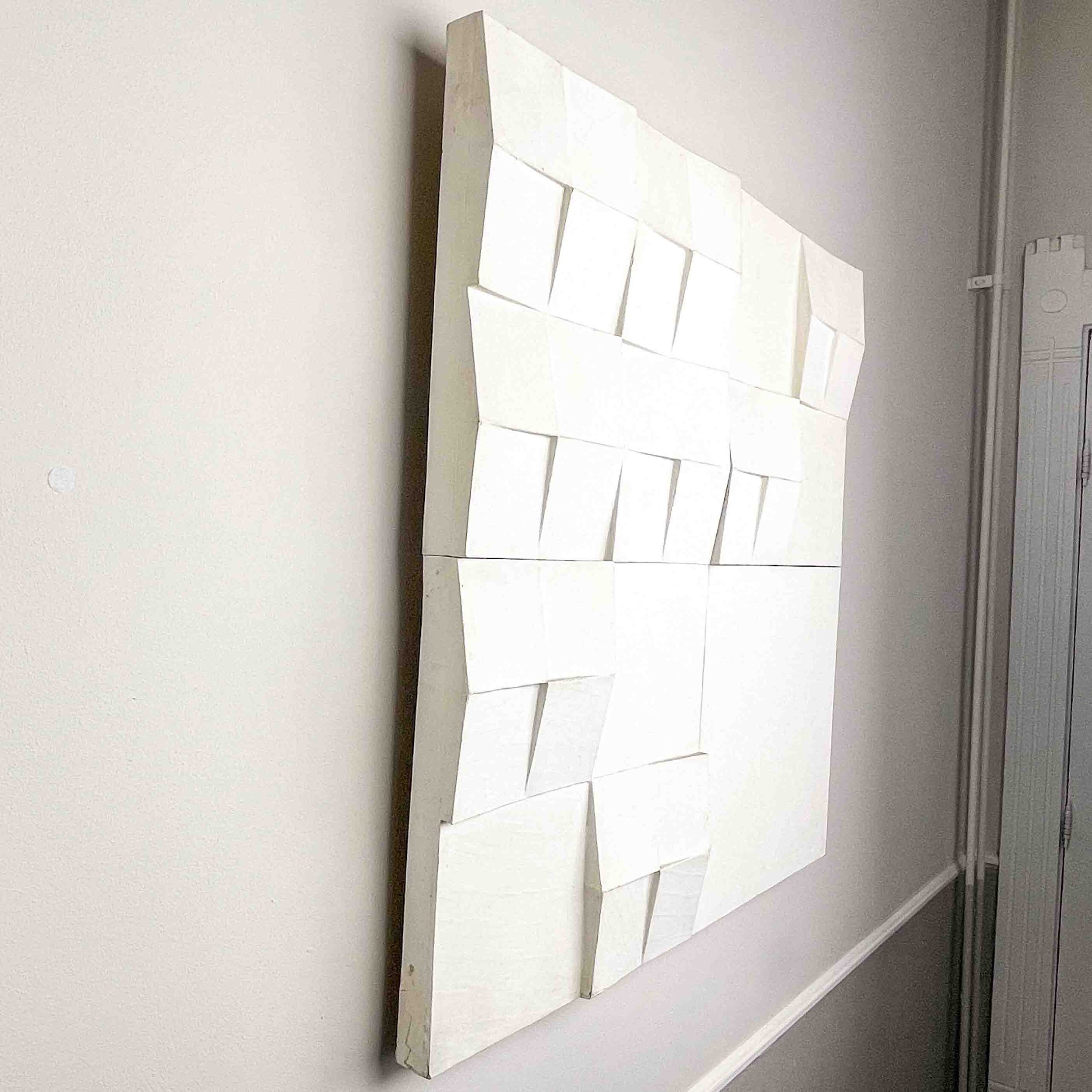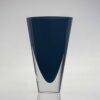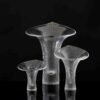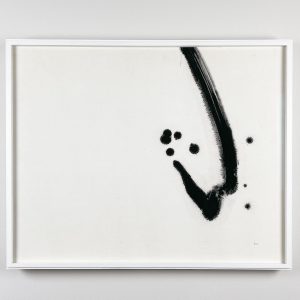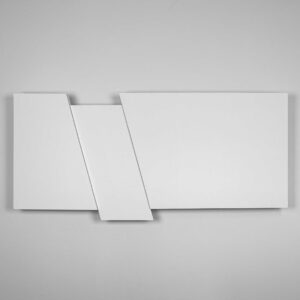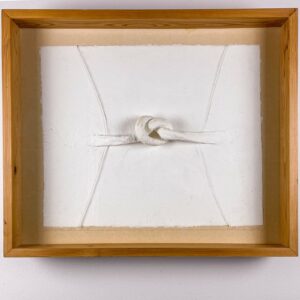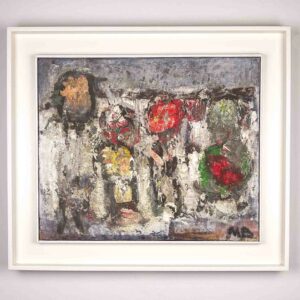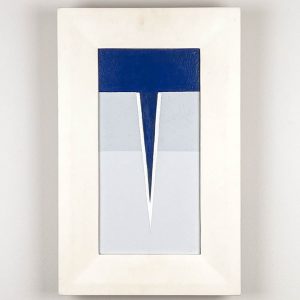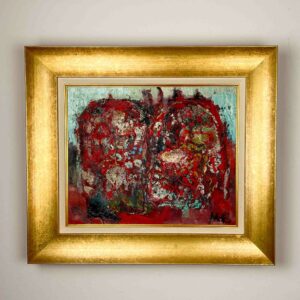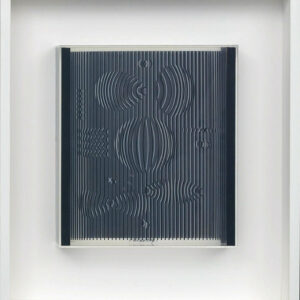| Signed | Signed, titled and dated by the artist on the reverse |
|---|---|
| Condition | Good original condition, some stains, small water-damage on the side. |
| Provenance | Borzo Gallery, Amsterdam |
| Dimensions | Artwork |
Jaap Egmond – “IH 11-IH 12-IH 15-IH 16”, 1976 – relief: paper mache on wood, painted
Price upon request
Beschikbaarheid: 1 op voorraad
An original relief – painted paper mache on wood – by the Dutch artist Jaap Egmond. Sculpted in May and June 1976. Signed, titled and dated by the artist. The relief consists of four pieces each signed, titled and dated on the reverse, merged together in the final artwork. In clockwise order (seen from the front) the quarters are titled “IH 11”, “IH 12”, “IH 15” and “IH 16”. Jaap Egmonds works are very mathematically driven – very much in contrast with his inspirer Jan Schoonhoven. This work is a prime example of this where the diagonally opposite quarters complement each other mathematically.
About Jaap Egmond
Jacob Johannes (Jaap) Egmond (New York City 1913 – Amstelveen 1997) was a Dutch artist, sculptor, painter, teacher and also a gifted pianist.
Born in New York as the son of a captain on the deep sea, moved back to the Netherlands with his family due to the threat of World War I. He grew up in Amsterdam and completed his training as a drawing teacher at the Rijksinstituut tot Opleiding van Tekenleraar from 1932 to 1936. In his early years, he also studied piano at the Amsterdam Conservatory of Music.
After his training, Egmond started working as a drawing teacher at several schools in Amsterdam in 1937, which was the beginning of a lifelong dedication to teaching. After the war, he taught at the Vossius Gymnasium and later at the Kweekschool and the Pedagogical Academy in Amsterdam. In collaboration with colleague Klaas de Poel, he developed a new teaching method for the Teacher Training College.
In 1969, Jaap Egmond settled as an artist in Amstelveen. During his career, he made abstract reliefs, strongly influenced by the work of Jan Schoonhoven, with which he became a representative of minimalism in the Netherlands in the 1970s and 1980s. His work, ranging from cardboard and paper to freestanding work in steel, was characterised by the play of light and shadow and monochromy.
Egmond exhibited his art from the early 1970s in galleries and art institutions. In the 1980s, he also experimented with total theatre, with his large plastics serving as sets for modern music performances, in collaboration with Wim de Ruiter.
Jaap Egmond is remembered as a constructivist artist, whose work is influenced by the Dutch Zero movement. His creations reflect a constant search for form, light and shadow, and monochromy, through which he left a lasting impact on Dutch art.

